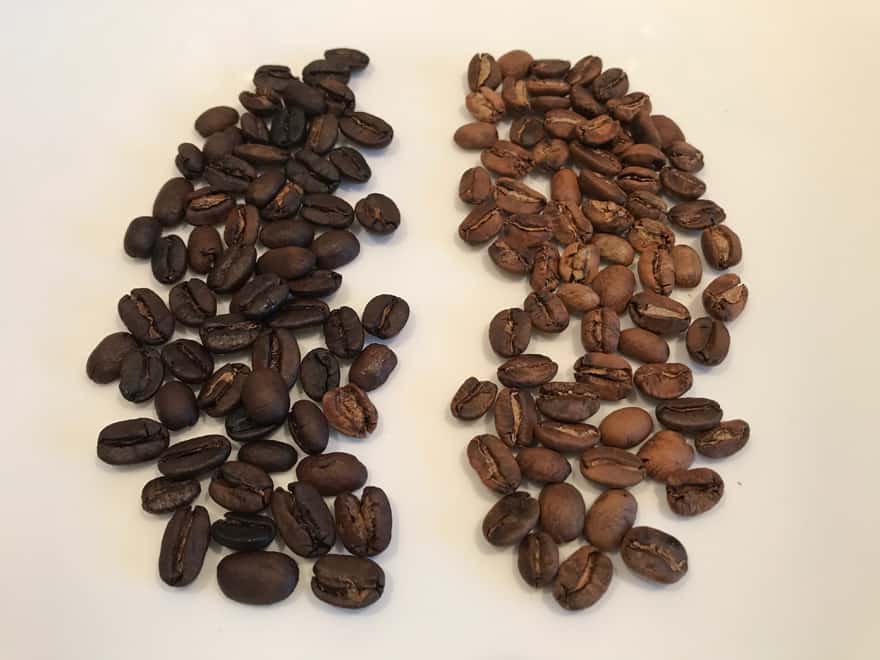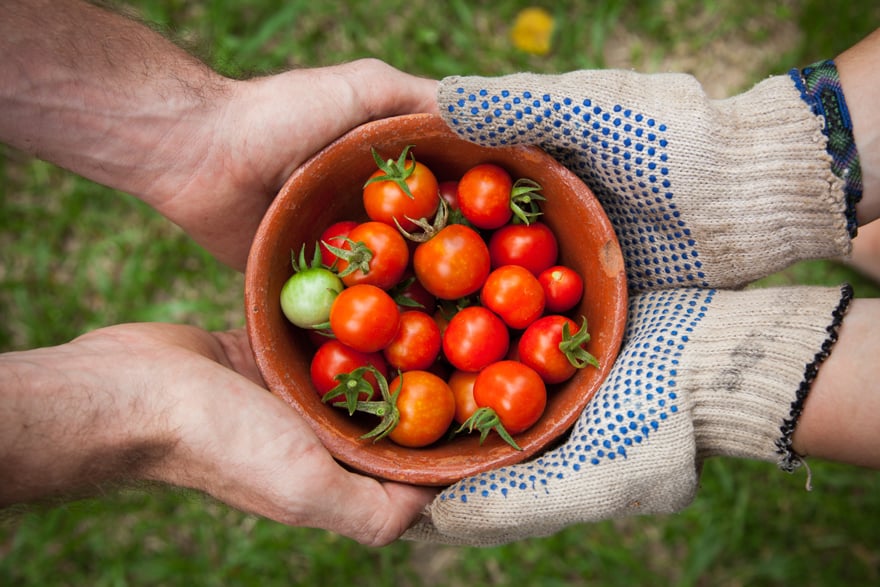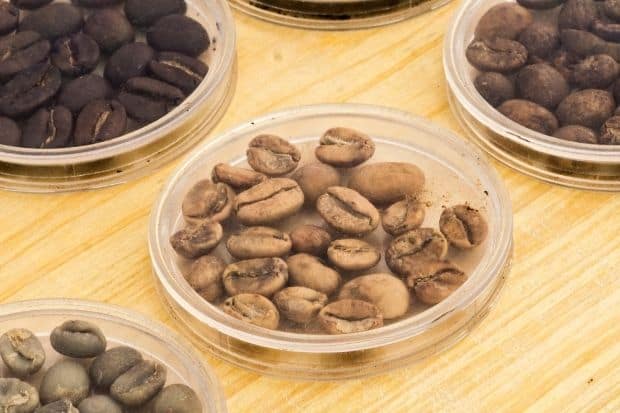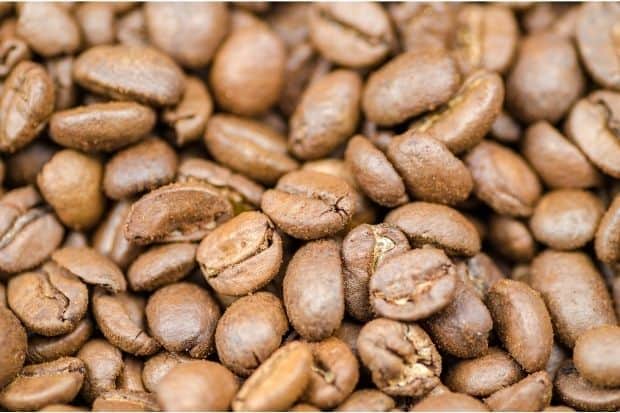Last Updated on December 10, 2023
Blonde roast coffee has risen in popularity over the past few years. These beans have a light brown color and produce fairly acidic coffee with traces of sweetness and toasted grain. Blonde roast also tends to produce a light-bodied coffee, meaning the liquid has less weight or fullness when you drink it.
The origins of blonde roast coffee
Starbucks began popularizing the term “blonde roast” in the U.S. around January of 2018. However, blonde roast coffee has been around for longer than that. It used to be known mostly as “cinnamon roast” because of the color, but many consumers thought the cinnamon referred to the flavor instead of the color. That’s why companies like Starbucks rebranded it as blonde roast.
Blonde roast beans also go by such terms as New England roast, light city, or half city. Roasters typically use Latin American and East African beans for it.
How is blonde roast coffee roasted?
Coffee beans roasted to the lightest levels typically reach temperatures between 355 F and 400 F. Blonde roast beans remain in the roaster until just before or just after “first crack,” which refers to the popping sound beans make when moisture within them turns to steam and expands. (For more on the basics of roasting, visit our earlier post: Coffee Roasting for Beginners.)
Blonde roast undergoes slightly more roasting than white coffee, which is also roasted at a lower temperature.
Medium roast beans stay in the roaster until well after first crack. Eventually, beans will reach a second crack when they pop again, or crackle like milk over crispy rice cereal. When beans reach the end of second crack, they become dark roast.

How does blonde roast taste?
Roasting beans to just before or just after the start of first crack produces coffee with a distinct taste. Blonde roast has higher acidity than darker roasts made from the same bean. The acid taste in blonde roast has a flavor that some consumers might perceive as lemony or sour.
If you contrast the taste of blonde roast with darker roasts, you’ll find that the latter have much stronger hints of caramelized sugar or butter. This difference in flavor is because blonde roasting doesn’t allow enough time for the bean’s acid tones to convert to more sugary ones. The longer coffee beans remain in the roaster, the more the heat breaks down their acidity.
Many people enjoy the flavor notes of a blonde roast, which highlights the bean’s “real” flavor rather than the flavors of caramelization. Caramelization tends to make different coffees taste more alike the longer they are roasted. On the other hand, the acidity of blonde roast might be a turn-off for some coffee drinkers.
What else makes blonde roast coffee unique?
Blonde roast coffee beans develop a coffee silverskin, which is a thin outer layer that results from roasting. This silverskin has antioxidant properties and health benefits similar to those of Vitamin C. These properties diminish somewhat but do not completely go away during brewing, and the antioxidants in blonde roast coffee are more plentiful than in darker roasts.
During the roasting process, blonde roast beans expand and dry out less than other roasts, which gives them more density. The beans are quite hard as a result, which doesn’t make them suitable for chocolate-covered beans. Blonde roast beans are more difficult to grind, and will wear down a coffee grinder over time.
On the pH scale of 0-14, with zero being the most acidic and 14 being the least acidic, blonde roast coffee is usually at around 4.5. Medium and dark roasts would be around 5.4 and 5.9, respectively. To put this in perspective, vinegar has a 3.0 acidity, and tomato juice is about 4.4. Because of the acidity, coffee drinkers who are sensitive to acidic foods like tomatoes might want to steer clear of blonde roasts.

Is blonde roast stronger?
Blonde roast coffee generally does not taste very strong compared to other roasts. It is lighter and smoother.
Does blonde roast coffee have more caffeine?
One scoop of blonde roast coffee has more caffeine than a darker roast. However, if you compare a single blonde roast bean with a darker bean, the caffeine will be about the same. The difference depends on the number of beans per scoop. Remember that the longer you roast a bean, the more mass or density it loses, which means you’ll have more blonde roast beans per scoop.
Blonde roast vs. white coffee
Blonde roast and white coffee are different. While blonde roast coffee is fully roasted, white coffee generally comes from under-roasted beans.



